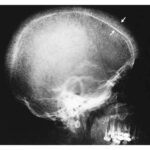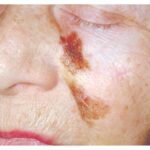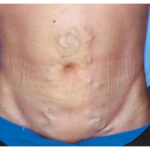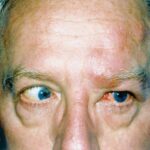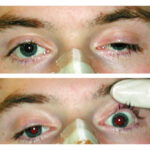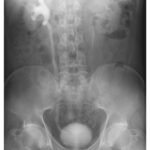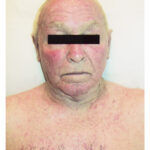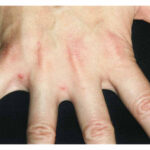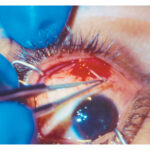A 42-year-old woman develops a symmetric Rash in her skin folds after starting a new medication. Explore the diagnosis of SDRIFE and its common triggers.

An otherwise healthy 42-year-old woman presented with a 10-day history of a rash in her axillae and on her groin and abdomen. One and a half weeks before the onset of the rash, she had started taking dexketoprofen (a nonsteroidal antiinflammatory drug [NSAID]) at a dose of 25 mg per day to treat knee pain. She reported no fevers, mucosal lesions, or symptoms other than mild pruritus. On physical examination, symmetric patches of reddish-purple skin with peeling borders were present in the cervical and axillary regions (top-left), the abdominal and inguinal regions (right), and the intertriginous area of the back (bottom-left). What drug class is the most common trigger of this rash?
What is the most likely diagnosis?
Beta lactam antibiotics, Dermatology, Drug Eruption, Intertriginous Dermatitis, SDRIFE
